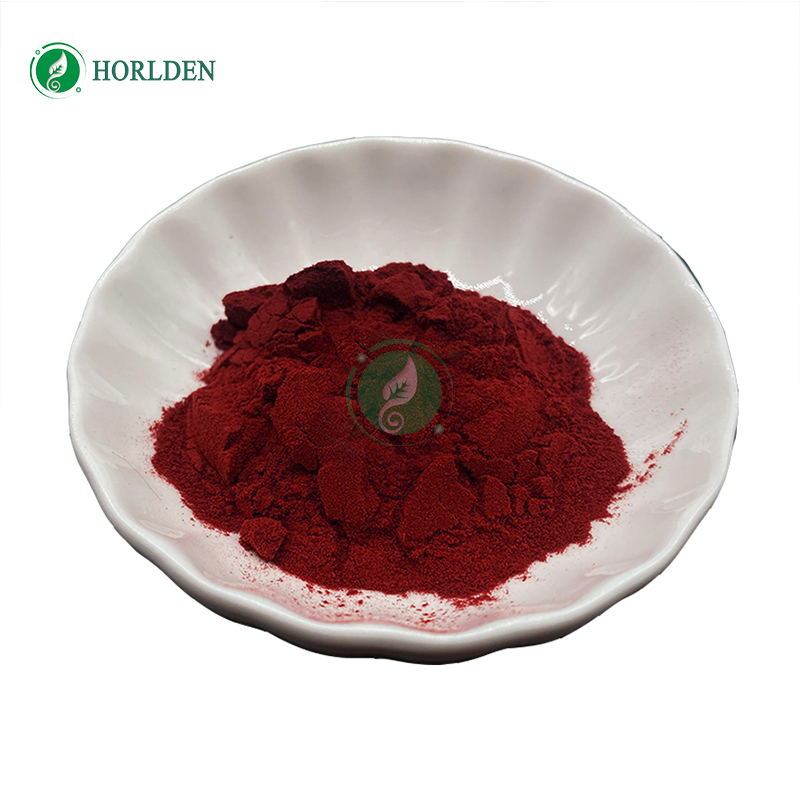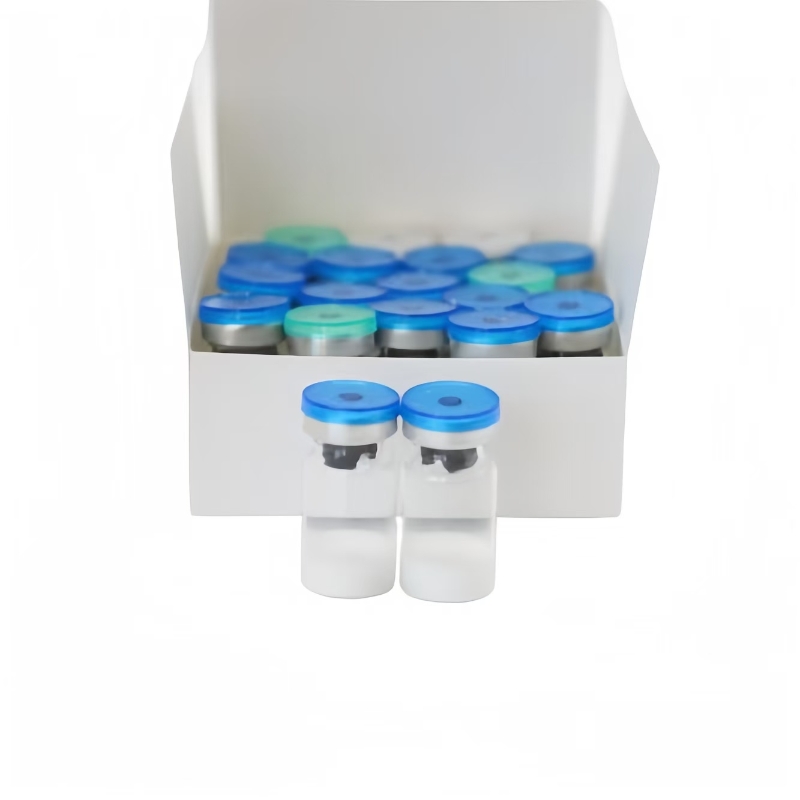-
Categories
-
Pharmaceutical Intermediates
-
Active Pharmaceutical Ingredients
-
Food Additives
- Industrial Coatings
- Agrochemicals
- Dyes and Pigments
- Surfactant
- Flavors and Fragrances
- Chemical Reagents
- Catalyst and Auxiliary
- Natural Products
- Inorganic Chemistry
-
Organic Chemistry
-
Biochemical Engineering
- Analytical Chemistry
-
Cosmetic Ingredient
- Water Treatment Chemical
-
Pharmaceutical Intermediates
Promotion
ECHEMI Mall
Wholesale
Weekly Price
Exhibition
News
-
Trade Service
Neuroscientists say that it is time to implement the moon landing plan for ALS patients
Amyotrophic lateral sclerosis (ALS), also known as Lou Gehrig's disease (Lou Gehrig's disease), deprives people of their mobility and ultimately their breathing
Now, the National Institutes of Health has funded a $3.
Stuart Batterman, co-principal researcher at the University of Michigan School of Public Health, said that a bold design is needed to put environmental exposures in the most important position, such as pesticides, metals, industrial chemicals, air pollution and air.
Batman, a professor of environmental health sciences, global public health, and civil and environmental engineering at the University of Michigan, said: "There are so many potential environmental toxins that it is difficult to determine which are important without a comprehensive approach
"We need to understand the mechanisms by which these exposures lead to disease so that we can develop personalized treatments based on the individual's previous exposure," said Stephen Pranger, director of the Prager ALS Clinic and associate professor of neurology.
"In addition, once we have a better understanding of the environmental mechanisms that lead to ALS, we hope to reduce people's exposure to these incentives, so as to prevent people from developing ALS in the future
Goutman said that the combination of new treatment goals and public health prevention strategies is the ultimate goal of this four-year project
"Given that we see more and more ALS patients every year, there is no better time than now to initiate these important investigations," said lead researcher Eva Feldman
Researchers will compare the blood samples of 400 ALS patients with the blood samples of 200 non-ALS study participants.
"Considering the recent advances in sequencing and computational methods in integrating large amounts of heterogeneous multiple sets of data, the time for this work is ripe," said co-principal researcher Maureen Sartor, a Computational Medicine, Bioinformatics and Bioinformatics Institute at the School of Public Health.
Feldman said: "ALS is a devastating disease for our patients and their loved ones
This project is one of four recent frostbite projects funded by the National Institutes of Health.
Talking about the project, Francis Collins, director of the National Institutes of Health, said: "The scientific research proposed by this research group is very novel and creative, and will definitely break the known boundaries







